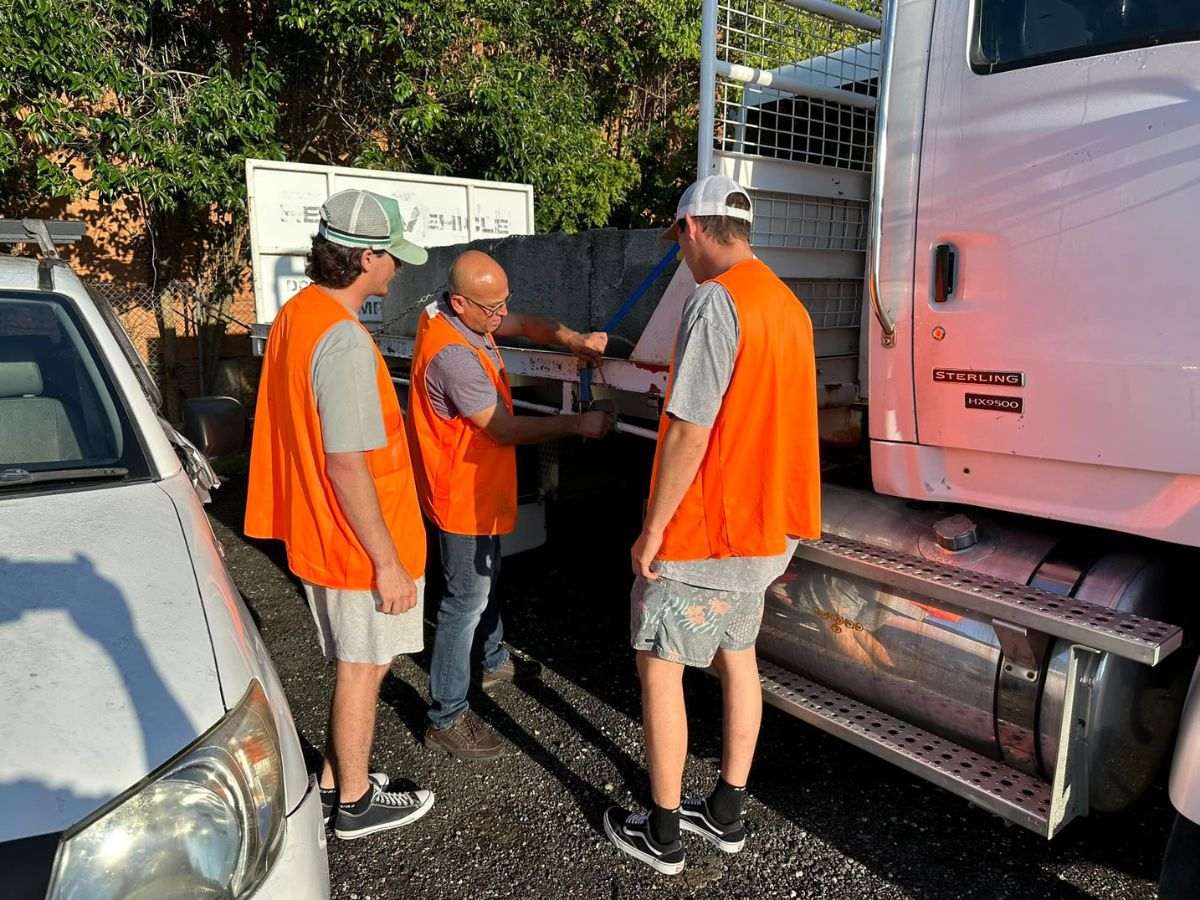Pre-Trip Inspection for Truck Drivers

As a truck driver, there are few things more important than ensuring the safety of yourself, your cargo, and other road users. One of the most critical aspects of this responsibility is performing pre-trip inspections. By taking the time to carefully examine your vehicle before hitting the road, you can identify and address any potential issues that could compromise your safety or the safety of others.
In this article, we’ll explore the importance of pre-trip inspections for truck drivers and discuss what you should look for when inspecting your vehicle.
Why Pre-Trip Inspections are Important
Pre-trip inspections are essential for several reasons. First and foremost, they help ensure that your vehicle is in good working order and safe to drive. By identifying any problems before you set off on your journey, you can take corrective action to prevent breakdowns, accidents, and other issues.
Pre-trip inspections are also required by law in many countries, including Australia. As a professional driver, it’s your responsibility to ensure that your vehicle meets the necessary safety standards. Failure to perform pre-trip inspections can result in fines, license suspension, or even imprisonment in the event of an accident.
What to Look for in a Pre-Trip Inspection
Performing a pre-trip inspection doesn’t have to be a complicated process. However, it does require attention to detail and a thorough understanding of your vehicle. Here are some of the key things you should look for when inspecting your truck:
- Lights and Signals
Check all lights, signals, and reflectors to ensure they are functioning correctly. This includes headlights, taillights, turn signals, brake lights, and hazard lights. Make sure the lenses are clean and free of cracks, and replace any bulbs that are burned out.
- Tires and Wheels
Inspect your tires and wheels for any signs of damage or wear. Check the tread depth to ensure it’s within legal limits and look for any bulges, cuts, or punctures. Verify that the wheels are securely attached and that the lug nuts are tightened to the correct torque specification.
- Brakes
Test your brakes to ensure they are working correctly. This includes the service brakes, parking brake, and emergency brake. Look for any leaks or damage to the brake lines, and verify that the brake pads and shoes are in good condition.
- Fluids
Check all fluid levels, including engine oil, transmission fluid, coolant, and windshield washer fluid. Look for any leaks or signs of damage to the hoses, belts, or other components.
- Steering and Suspension
Inspect your steering and suspension system to ensure it’s in good working order. Check for any looseness or play in the steering, and verify that the shocks, struts, and other components are in good condition.
- Mirrors and Windshield
Check your mirrors and windshield for any cracks or damage. Verify that the mirrors are adjusted correctly and that you have a clear view of your surroundings.
- Cargo
Inspect your cargo to ensure it’s properly secured and distributed. Look for any signs of damage to the cargo or the tie-downs, and verify that the weight is within legal limits.
Conclusion
Performing a pre-trip inspection is a critical aspect of being a responsible and safe truck driver. Remember to follow your truck manufacturer’s recommendations for inspections and maintenance, and always prioritize safety above all else. By doing so, you’ll not only protect yourself and your cargo but also contribute to safer roads for everyone.







